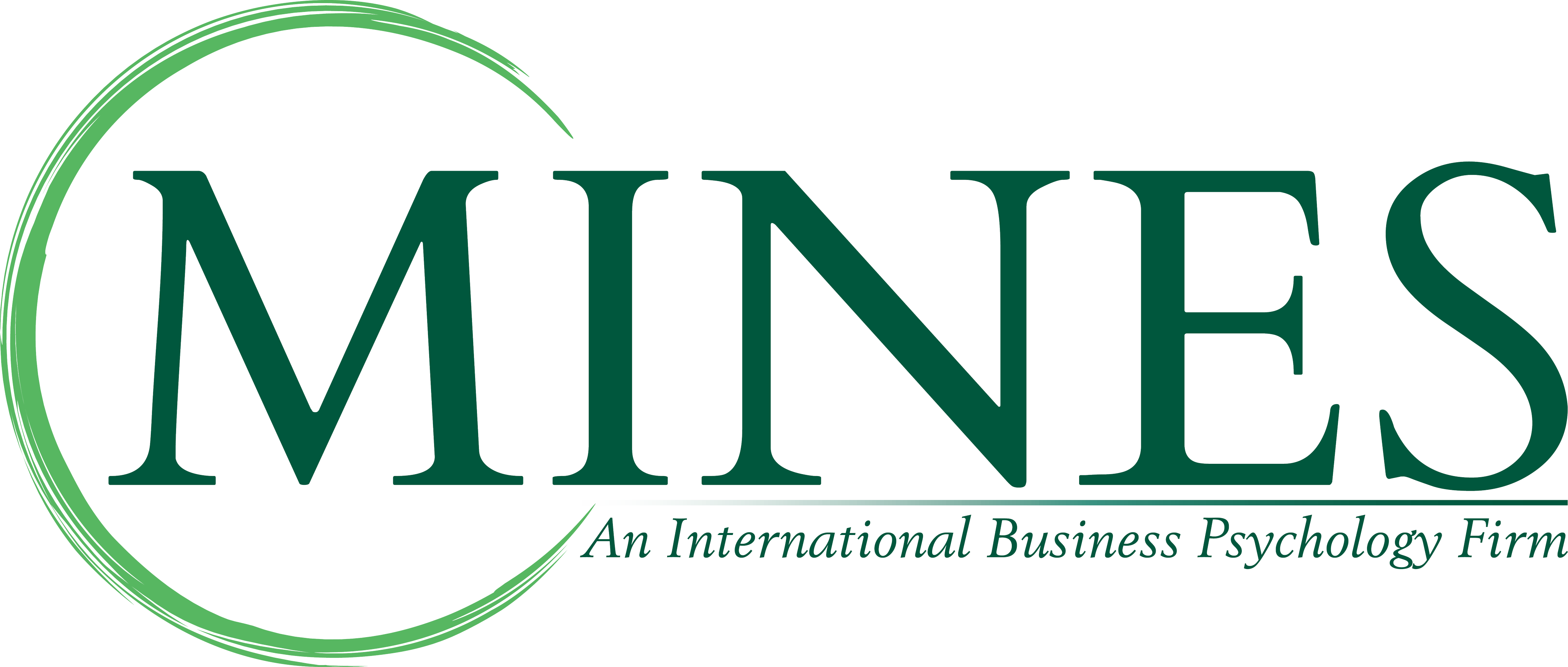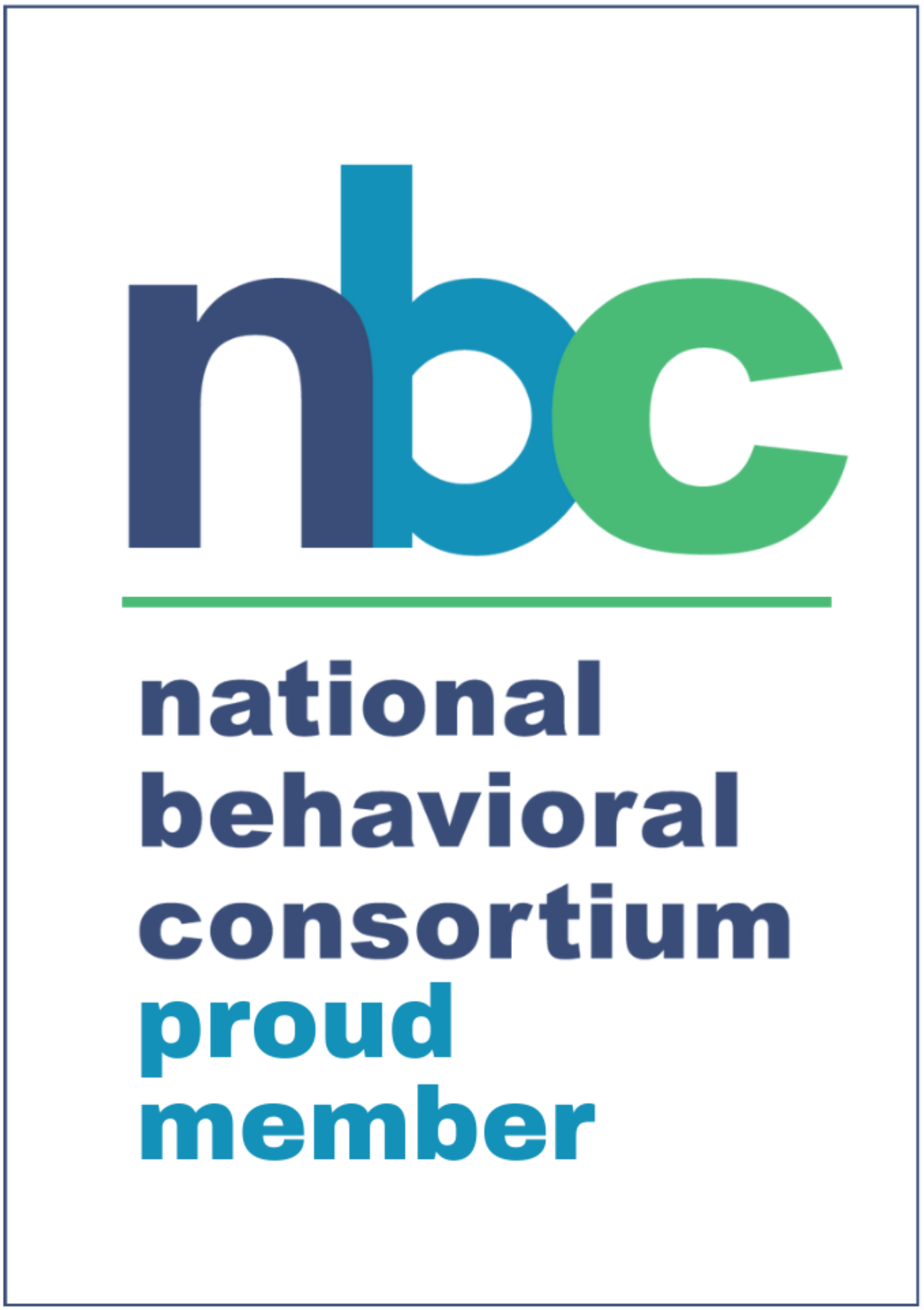I have blogged before about managerial hierarchy and accountability. It is worth another look at Elliot Jaques classic book, Requisite Organization, as new generations are coming into the workforce, technology has created the opportunity for virtual teams, and performance is still relevant for any organization to sustain itself. The following information comes directly from Dr. Jaques’ work. I encourage you to read his work in its entirety. This blog was generated out of the organizational psychology and human resources consulting MINES does with its clients. Time after time, accountability and authority are unclear in an organization’s structure. This often happens when marketing titles are given that imply authority when, in fact, there is none. Accountability for results may be unclear and personnel layoff decisions are made only to be repeated with the next employee group as the underlying system issue has not been clarified. This blog provides Jaques’ perspective and the results of over 50 years of his body of work.
Assumptions (Based on Organizational Theory of Managerial Hierarchy):
The basic business unit consists of a manager, one or more supervisors, and front-line producers. In the discussion to follow, “manager” is used to describe the role, accountability, and authority of both the manager and supervisor (a subordinate’s boss). In function, the manager is working on systems issues while the supervisor is working on quality assurance and work assignment(s). In the following discussion Manager and Supervisor are used interchangeable as the discussion is about hierarchy not role/level. Think about this discussion as related to an employee’s “direct boss.” In reality, a manager has a longer decision time span than a supervisor and has different functions.
Manager-Subordinate Accountability System
Accountability and authority establishes where people stand with each other. They determine who is able to say what to whom, and who under given circumstances must say what to whom. They establish who can tell who to do what, especially, in the managerial hierarchy, if one person is being held accountable for what another person does or for the results of what the other person does.
Accountability and authority define the behaviors that are appropriate and necessary in the vertical relationships between managers and their subordinates, and in the horizontal cross-functional relationships between people. The vertical relationships are those by means of which the work that needs to get done is assigned, resourced, and evaluated; and the cross-functional relationships are those by means of which the flow of work across functions gets processed and improved through time.
Key questions:
- What are the accountabilities of managers, or of individual contributors?
- What authority does a manager have in relation to subordinates?
- What authorities do employees who work together have in relation to each other?
Managerial Accountability and Behavior
It is absolutely imperative that organizational leaders be clear not only about their own decision-making accountability, but they must also make it equally clear for each and every manager below them in the organization. All of these managers must also meet regularly in two-way discussions about major issues with their immediate subordinates, in order to get their help in making decisions for which the manager alone must be accountable. In discussions between managers and subordinates, it is always the manager that is ultimately accountable for decisions. Even when the subordinate has more knowledge than his or her manager on a given matter and tells the manager what he or she thinks should be done; if the manager accepts the subordinate’s view then it becomes the manager’s decision. There will be times in an organization’s growth or life span when a manager may have multiple roles/levels that they are accountable for. The manager may be a level three, two, and one on a given day if the department or work group is small enough or does not have the resources to accommodate separate levels and roles. This is a situation referred to as “down in the weeds,” ”wearing many hats,” or “collapsed strata” (also known as time span within which one operates). This is not ideal; however, at times it may be the best we can do.
Who should be accountable for results?
Two basic principles:
First, all employees, including managers, must be held accountable for the continuous exercise of full commitment of capability (doing their very best) in carrying out the tasks assigned.
Second, managers must be held accountable for the results of the work and working behavior of immediate subordinates.
Definition of a Manager
A manager is the incumbent of a role in which s/he:
- Is assigned accountability for doing his/her best to use assigned financial, physical, and human resources (the human resources comprise subordinates under contract to do their best).
- Is accountable for deciding how best to get optimum short-, mid-, and long-term results from an assigned functional area (e.g., a production department, geographical area, or a customer category).
- Is accountable for maintaining a team of subordinates capable of doing the necessary work.
- Effectively applies all managerial leadership practices in relation to subordinates.
- Adds value to the subordinates’ work.
- Is accountable for providing necessary trainings, materials, and support to both supervisors and all subordinates.
- Says what they are going to do. They do what they say they would do and when they can’t (as infrequently as possible) they explain promptly. They expect others to behave the same way.
- Creates clearly defined goals because without clarity it is difficult to be held accountable
- Keeps consistent priorities.
- Documents agreements.
- Creates performance measures and evaluates progress or lack thereof.
In addition to managerial hierarchy, cross-functional relationships also need to be clearly defined.
My hope is that this information will allow you to evaluate your role and function in your organization and if there is room for improvement, to have a blueprint to help you and your colleagues proceed.
Have a day filled with compassion!
Bob
Robert A. Mines, Ph.D., CEO & Psychologist











Leave A Comment